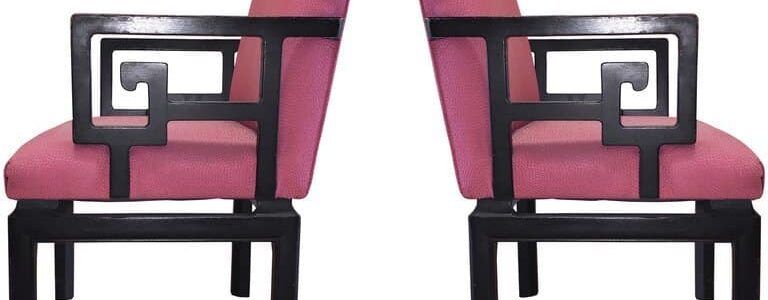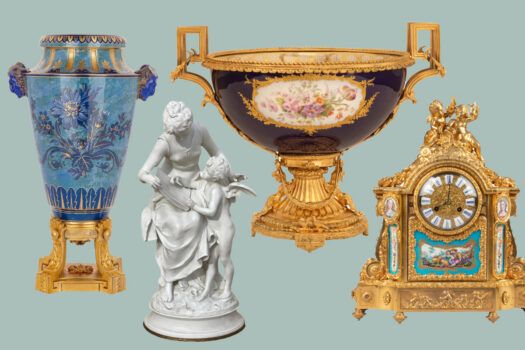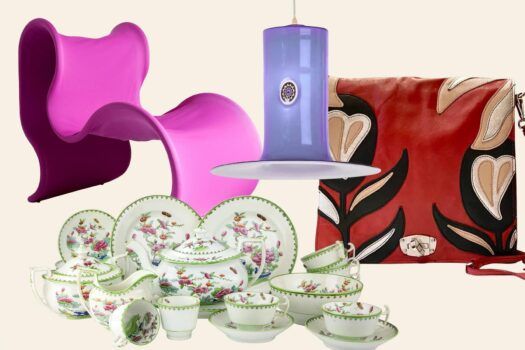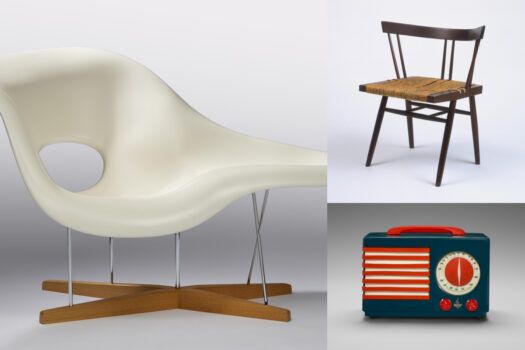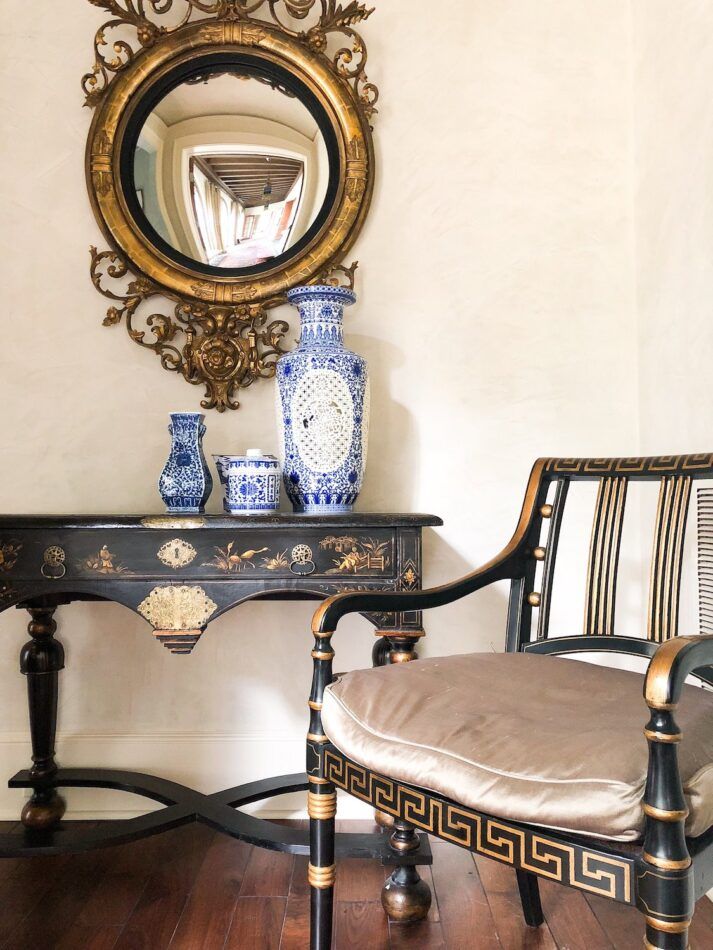
What with the coverage given it in shelter magazines, Instagram feeds and design blogs in recent years, the Greek key could be mistaken for a trend. But while its level of commercial saturation may ebb and flow, the pattern is definitely timeless. As Susan Izsak, creative director at Doris Leslie Blau, puts it, “When something has been used since the beginning of time, it is not something that goes in and out of fashion.”
Dating back to Classical times, the Greek key is also known as the meander pattern because, explains Izsak, “its design mimics the twisting and turning of a river in Turkey called the Meander.”
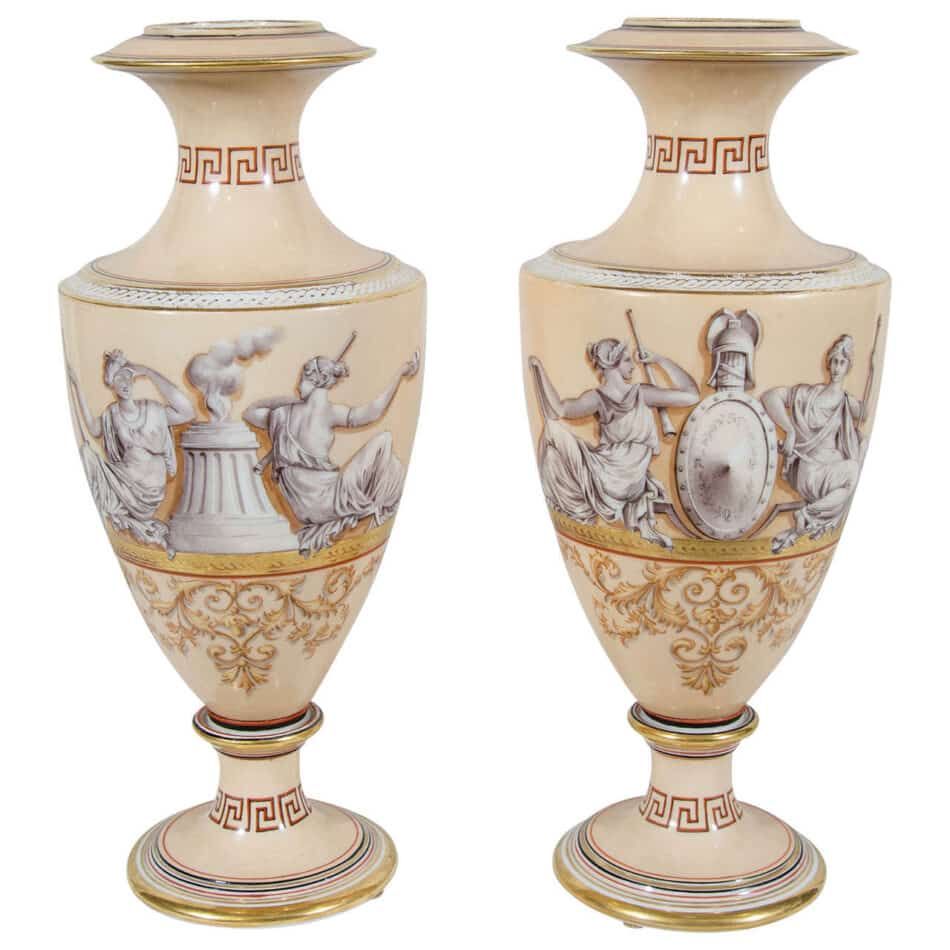
“The Greek key is a design motif that has been used since ancient times, where it can be found carved into the entablatures of stone temples,” says Katherine Perino, director of U.S. operations for Chesneys. “It is a time-honored design, appreciated across many cultures.”
Encompassing both the masculine and the feminine, the classic and the modern, simplicity and maximalism, the Greek key can enhance interiors of many styles and eras.
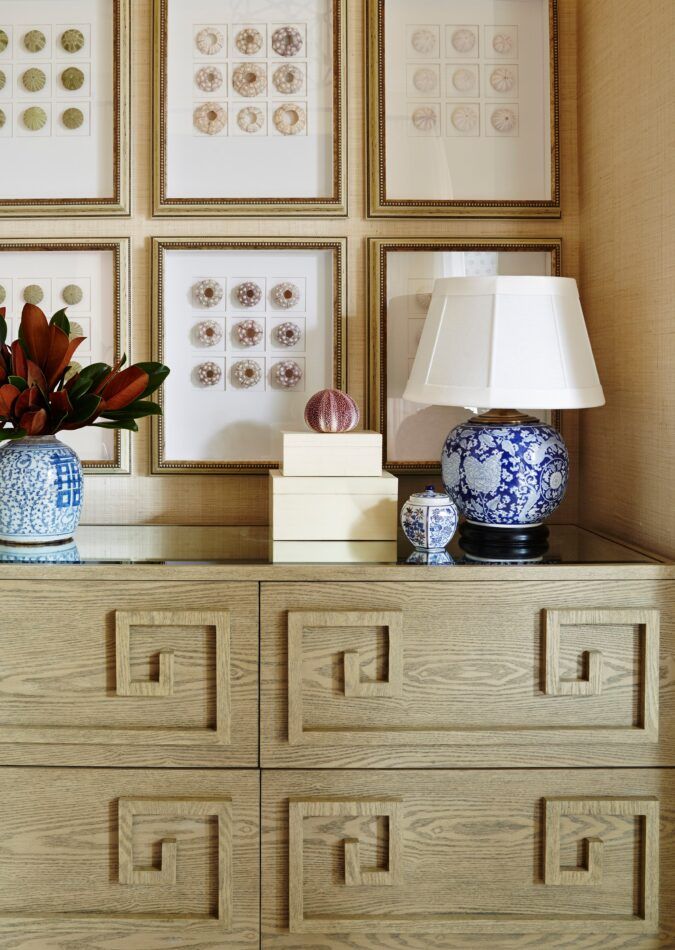
“The Greek key is amazing because it is all about contrast. It is traditional, historic, old-world, and yet very much feels graphic and modern, too,” says interior designer Summer Thornton.
Although the pattern has a long history, it lends a contemporary edge to the surface it embellishes.
“The use of a Greek key motif creates a classical vibe, but when applied in unconventional ways, it can be quite modern,” says Patrick Dragonette, of Dragonette Limited.
Using the pattern in new ways keeps the venerable pattern relevant in modern design.
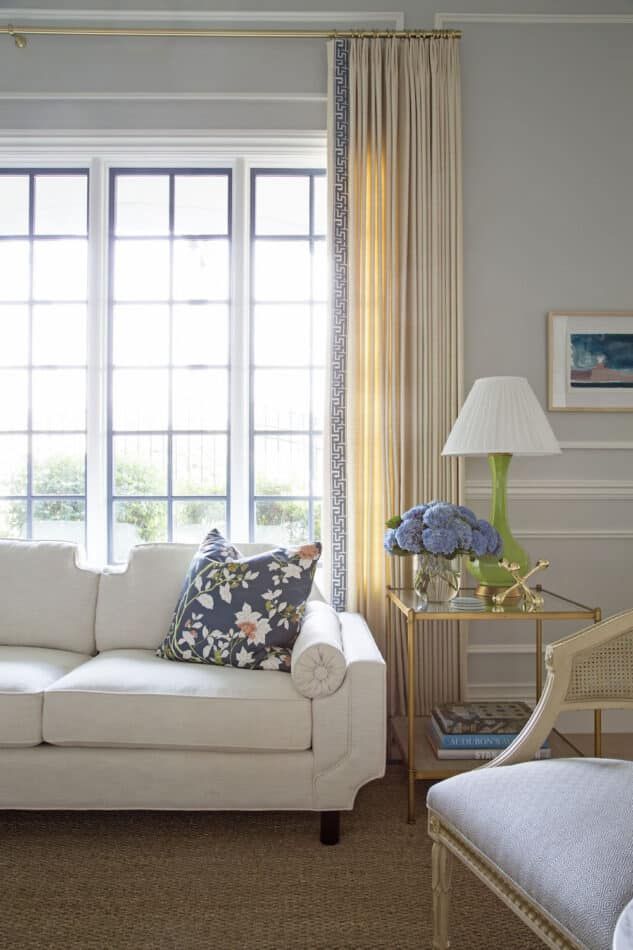
“Traditional elements will always be a part of design. It is just a matter of using them in fresh ways,” says Thornton.
A Greek key motif can add depth to a small space and strength to a simple room. It can also provide a masculine or feminine inflection, depending on its color.
“If a room does not have architectural interest, a Greek key border on a rug brings strength,” says Izsak. “Adding this piece to a room with no moldings provides architectural interest, anchors the room and makes it appear larger. Or take a simple bathroom and incorporate Greek key — it automatically gives the room strength and a strong graphic punch.”
“The Greek key adds refinement as a design element with its balanced, crisp geometry,” says Perino.
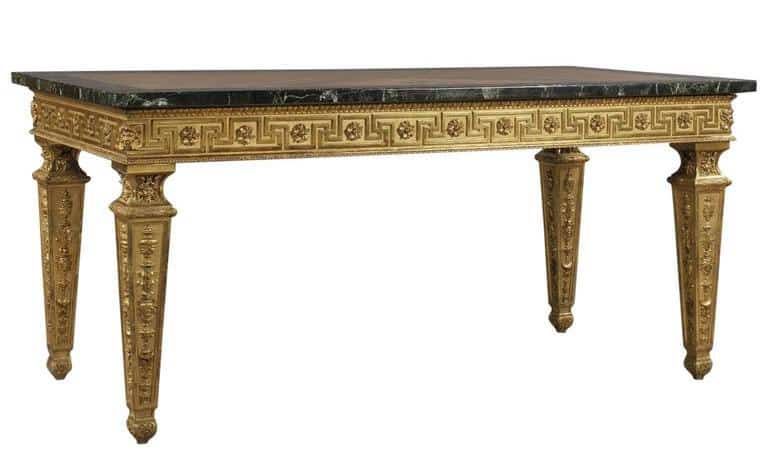
While impactful on its own, Greek key really shines when paired with other motifs. “I believe our world is full of gorgeous patterns and the more you mix them, the better they all go together,” says Thornton. “I like to see a pattern as one of many interesting elements, so the eye isn’t drawn to only one but instead dances around the room catching glimpses of different things.”
What style does the design not suit? Minimalism. “The Greek key goes with everything and adds character. As long as you aren’t going for a minimalist look, it is a beautiful element to weave in,” Thornton says. “The Greek key is a symbol of classicism, tradition and adornment. That intricate little pattern adds depth and complexity and pushes the vibe towards maximalism.”
